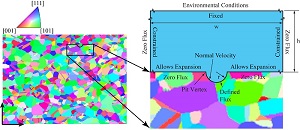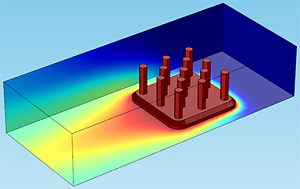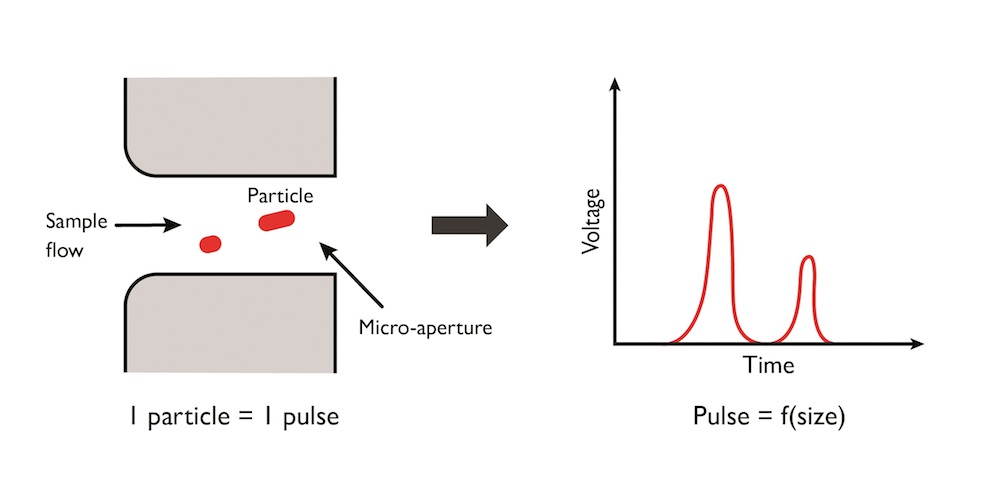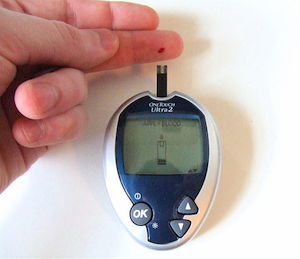Search Results

Shaping the Future with Holography
Did you know that holography was first developed by Dennis Gabor in 1948? Because of his discovery, he was awarded the Nobel Prize in Physics in 1971. See how the field has expanded since then.

Infrared Pothole Repair: A More Permanent Solution
Potholes are an annoying reality for anyone who drives a car. We discuss how potholes form in asphalt and a potential way to permanently repair them using infrared technology.

Vinyl Records: A Sound All Their Own
Here’s a piece of music trivia: Vinyl records can be traced back to the development of the phonoautograph in 1855 by Édouard-Léon Scott de Martinville.

A Strategy for Designing Corrosion-Resistant Materials
Engineers at the Naval Research Laboratory in Washington, D.C., turned to multiphysics simulation to better understand the fundamental mechanisms behind corrosion damage. Get the full story >>

Surface, Volume, and Line Plots: Visualizing Results on a Heat Sink
3 of the most common plot types used in postprocessing: surface, volume, and line plots. Learn how to use these plot types for your simulation results and when to use each option.

Accurate Hematology Analysis Using Hydrofocusing
Hematology analysis is important for diagnosis and treatment. Researchers at HORIBA Medical used simulation to develop new methods for analyzing the accuracy of their hematology analysis devices.

The Hygroscopic Swelling Effect
If you put a quarter cup of rice in a pot of water, you end up with half a cup of rice. This isn’t magic — it’s simply hygroscopic swelling at work. Learn more about this phenomenon.

Modeling Electrochemistry for Managing Diabetes
An estimated 350 million people worldwide are living with diabetes. By modeling electrochemical processes, biomedical engineers can analyze and optimize the glucose sensing process.
